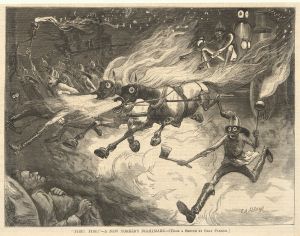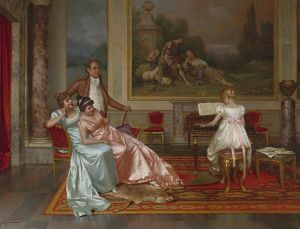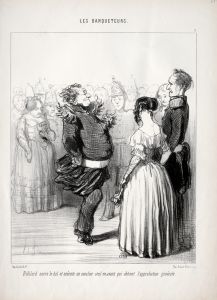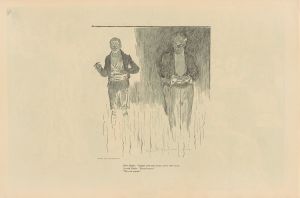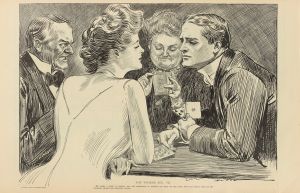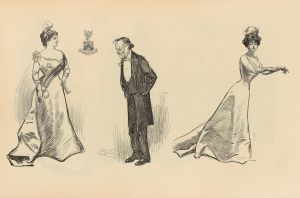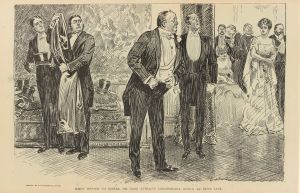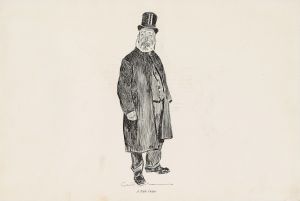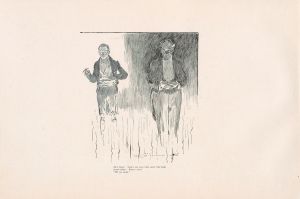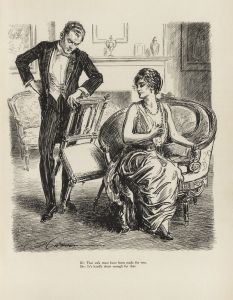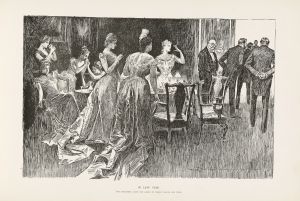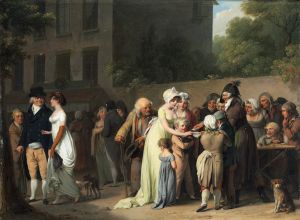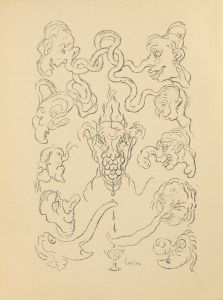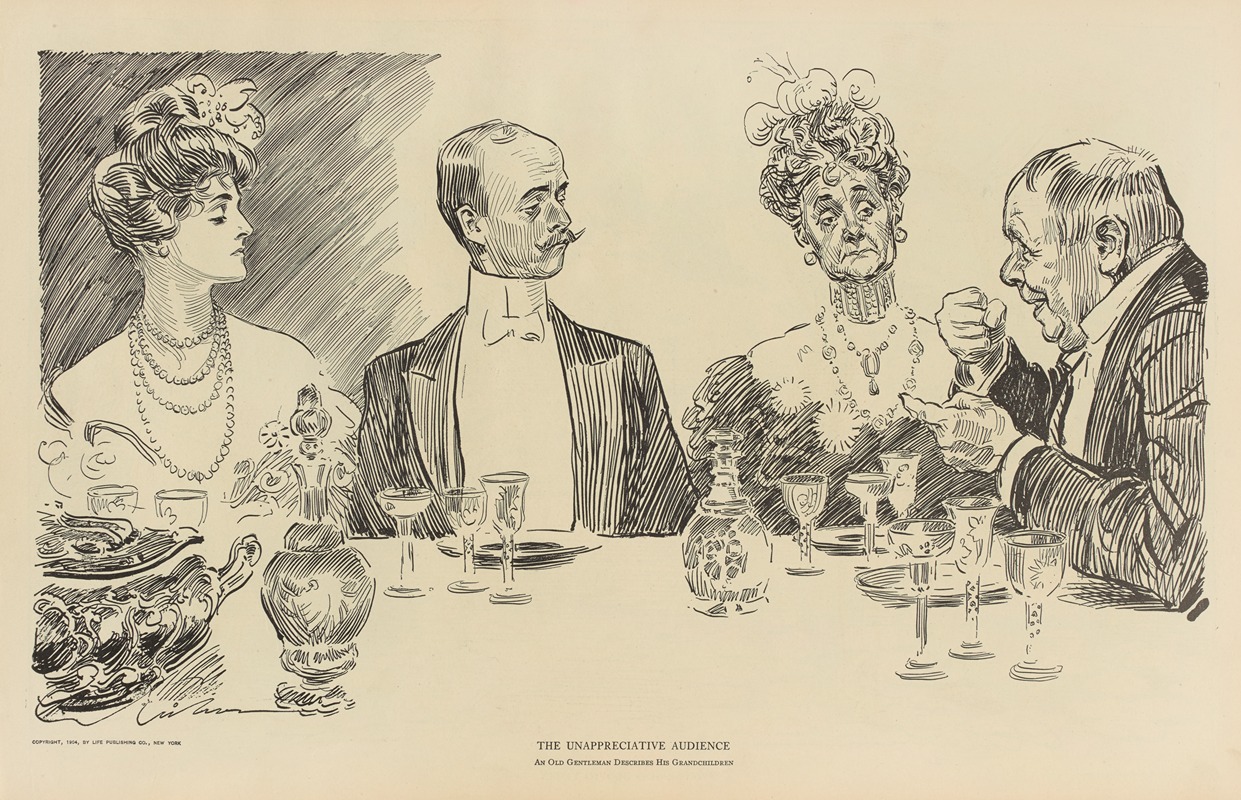
The unappreciative audience
A hand-painted replica of Charles Dana Gibson’s masterpiece The unappreciative audience, meticulously crafted by professional artists to capture the true essence of the original. Each piece is created with museum-quality canvas and rare mineral pigments, carefully painted by experienced artists with delicate brushstrokes and rich, layered colors to perfectly recreate the texture of the original artwork. Unlike machine-printed reproductions, this hand-painted version brings the painting to life, infused with the artist’s emotions and skill in every stroke. Whether for personal collection or home decoration, it instantly elevates the artistic atmosphere of any space.
Charles Dana Gibson was an influential American illustrator, best known for creating the iconic "Gibson Girl," a representation of the idealized American woman at the turn of the 20th century. His work captured the social dynamics and cultural nuances of his time, often with a humorous or satirical edge. One of his notable illustrations is "The Unappreciative Audience."
"The Unappreciative Audience" is a black-and-white illustration that exemplifies Gibson's keen eye for social commentary. Although specific details about the creation date or the exact context of this particular illustration are not widely documented, it is consistent with Gibson's style and thematic focus during his most productive years, which spanned from the late 19th century into the early 20th century.
In "The Unappreciative Audience," Gibson employs his characteristic pen-and-ink technique to depict a scene that humorously critiques social behavior. The illustration typically features a performer, often a singer or speaker, on stage, passionately engaged in their craft. In contrast, the audience is portrayed as indifferent or distracted, with individuals engaged in their own conversations, reading, or otherwise ignoring the performance. This juxtaposition highlights the disconnect between the performer's earnest efforts and the audience's lack of appreciation or attention.
Gibson's work often explored themes of societal norms, gender roles, and class distinctions, and "The Unappreciative Audience" is no exception. Through this illustration, Gibson may have been commenting on the superficiality or inattentiveness of social gatherings, where appearances and socializing often took precedence over genuine engagement with art or performance. This theme resonates with the broader cultural observations Gibson made throughout his career, particularly in his depictions of the leisure class and their social rituals.
The illustration reflects Gibson's ability to capture the subtleties of human expression and interaction. His characters are rendered with expressive faces and body language, conveying a range of emotions from boredom to disdain. This attention to detail not only enhances the humor of the scene but also underscores Gibson's skill as an observer of human nature.
Charles Dana Gibson's illustrations, including "The Unappreciative Audience," were widely published in magazines such as Life, Harper's Weekly, and Scribner's, reaching a broad audience and solidifying his reputation as a leading illustrator of his time. His work remains significant for its artistic merit and its insightful commentary on the social dynamics of his era.
Overall, "The Unappreciative Audience" is a testament to Gibson's enduring legacy as an artist who could blend humor, artistry, and social critique into compelling visual narratives.





